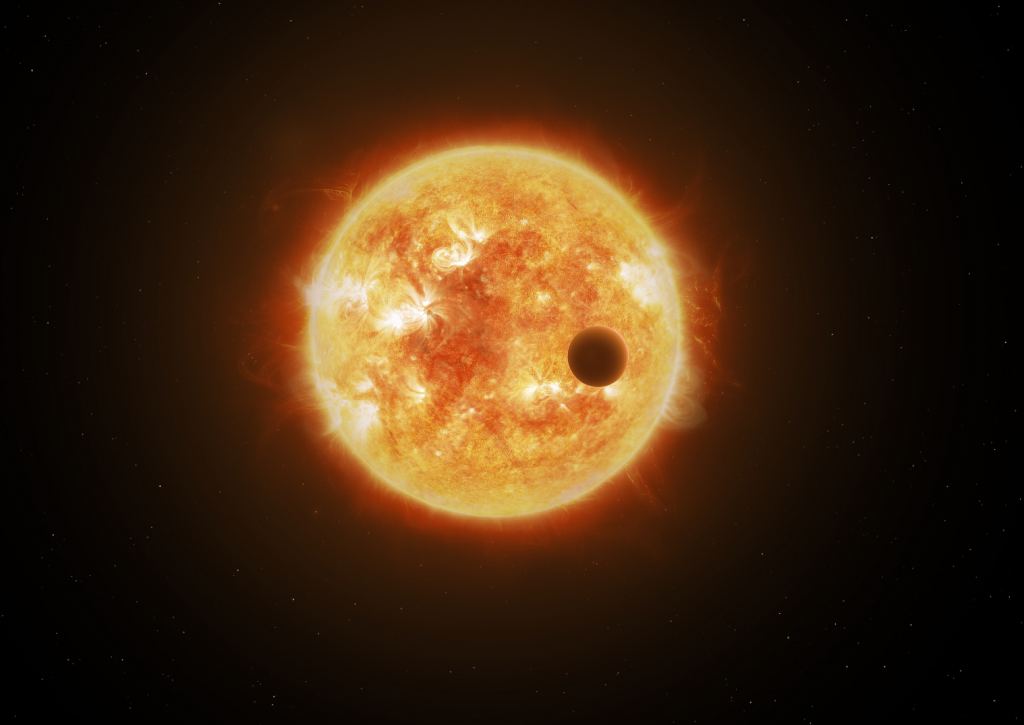Tragically sometimes stars engulf their own planets. While most stars are able to quickly cover up the evidence for their crime, a new study by astronomers has revealed that in some cases the evidence can linger for up to two billion years. There are a variety of ways in which a planet can end up getting inside of a star.
The most common cause happens during the early days of the formation of a solar system. When planets first start forming, they start out as planetesimals. A typical solar system like our own will have dozens of planetesimals.
These will collide off of each other and gravitationally interact with each other. Sometimes these collisions lead to mergers, and sometimes the interactions lead to one or more objects getting ejected from the system altogether. But perhaps most tragically, sometimes these interactions lead to a planet or two wandering too close to its parent star.
When this happens the planet will get torn apart by the gravitational tidal forces of the star. But even if for some reason it is able to remain intact through this passage, then it won’t last long. A typical Earth-sized planet will last only a few hours in the extreme temperature and pressure conditions inside of a star.
With the planet gone the only evidence astronomers have is a slight elevation in the proportion of heavy elements on the star’s surface. But once those elements sink too far below the surface, which they do because planetary elements are typically heavier than the hydrogen and helium inside star, then we can no longer detect it. Astronomers have long debated how long this process can take.
To help answer the question a team of astronomers surveyed a series of binary star systems. They targeted binary star systems because it’s very difficult to tell if a solitary star engulfed its planets or simply was born with a higher proportion of heavier elements. But with binary stars, if one of the stars has a much higher abundance of heavy elements, then that’s a sign that planet engulfment has occurred.
While astronomers have identified several binary systems like this, this was the first survey to specifically target systems with known planets in orbit around them. With this constraint the team behind the study found only a single system that had one of a binary pair of stars with an enrichment of heavy metals. However, those stars orbited each other greater than 30,000 AU away, and so it’s possible that the metal enrichment of one of the stars was just due to random chance, and not evidence of engulfment.
Based on this, the astronomers estimate that most stars are able to bury the evidence of planet-killing in less than 90 million years. But for larger and longer-lived stars, specifically ones 10 to 20% more massive than the Sun, they can hang on to the evidence for up to 2 billion years. Either way, the evidence for planet engulfment does not last long.
And we are unlikely to see the remnants of these kinds of crimes in systems older than one or two billion years. So it seems that when it comes to planet killing, there is a cosmic statute of limitations. The post It’s Tough to Find Evidence of Stars Eating Planets appeared first on Universe Today.
.
From: universetoday
URL: https://www.universetoday.com/158436/its-tough-to-find-evidence-of-stars-eating-planets/



